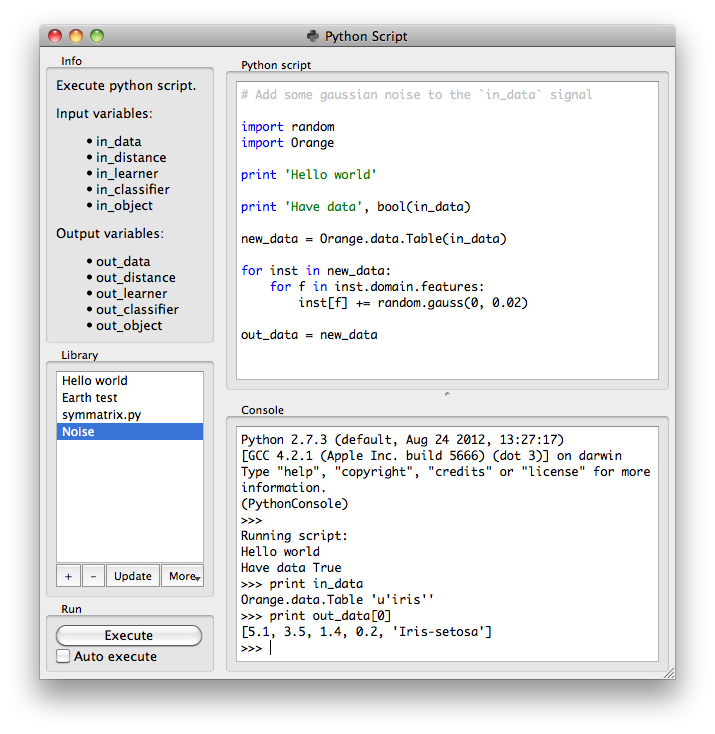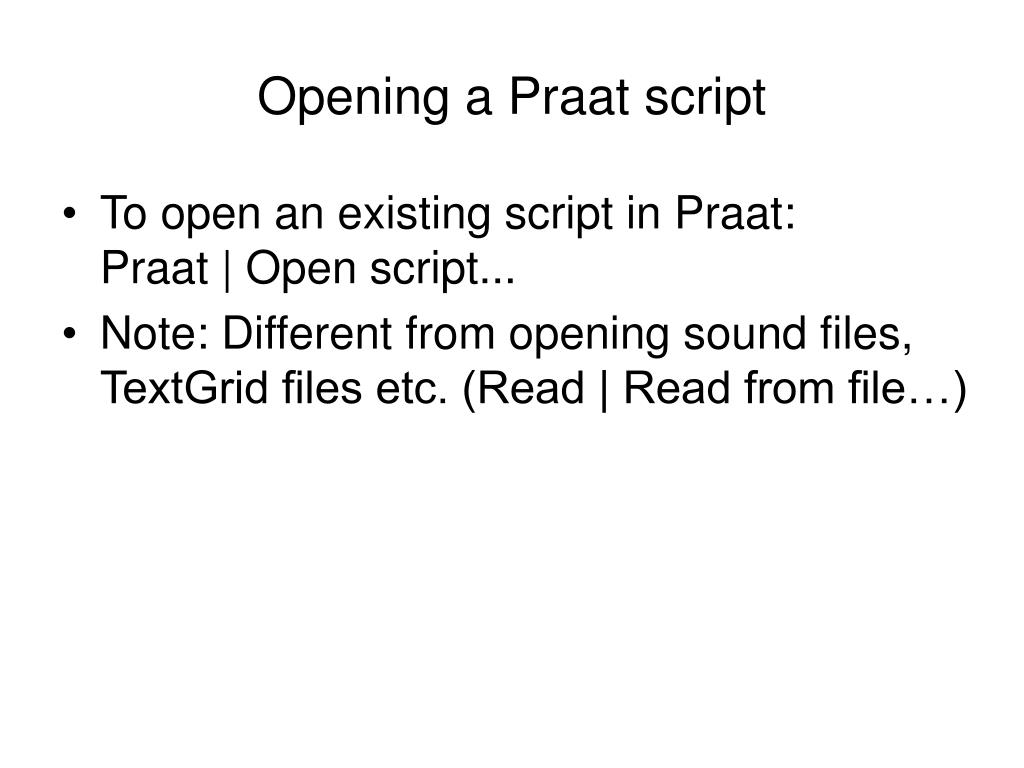
In Behavior Research Methods, an explanation of how the script works and a validation can be found:ĭe Jong, N.H. This script was written for the purpose of measuring speech rate in a large-scale study carried out at the University of Amsterdam: " What is Speaking Proficiency ". It is no longer necessary to use the tutorial to calculate these measures, as this information is printed in an info-screen. Along with the pausing information, this script will automatically calculate measures such as speech rate (number of syllables / total time) as well as articulation rate (number of syllables / speaking time).

With the correct thresholds, this means the script will not only count syllables, but count and measure silent pauses as well. Additionally, this version also uses pausing information. Here you find a new version (updated september 2010), that uses a slightly different method to calculate the threshold (in line with the " To TextGrid (silences) " function that exists in PRAAT. If you use the script, please acknowledge this by citing the 2009 paper in Behavior Research Methods.
Python praat script how to#
Under tutorial, you can find a step-by-step explanation of how to use the script. Note that the current script runs under PRAAT in Windows only. You can copy and paste the script into a PRAAT script editor. Here you find the original praat-script written by Nivja de Jong and Ton Wempe to detect syllable nuclei.

On this page you find an example of how the script works. The script subsequently discards peaks that are not voiced.

Peaks in intensity (dB) that are preceded and followed by dips in intensity are considered as potential syllable nuclei. Below you will find a script that automatically detects syllable nuclei in order to measure speech rate without the need of a transcription. PRAAT is software for the analysis of speech ( ).


 0 kommentar(er)
0 kommentar(er)
